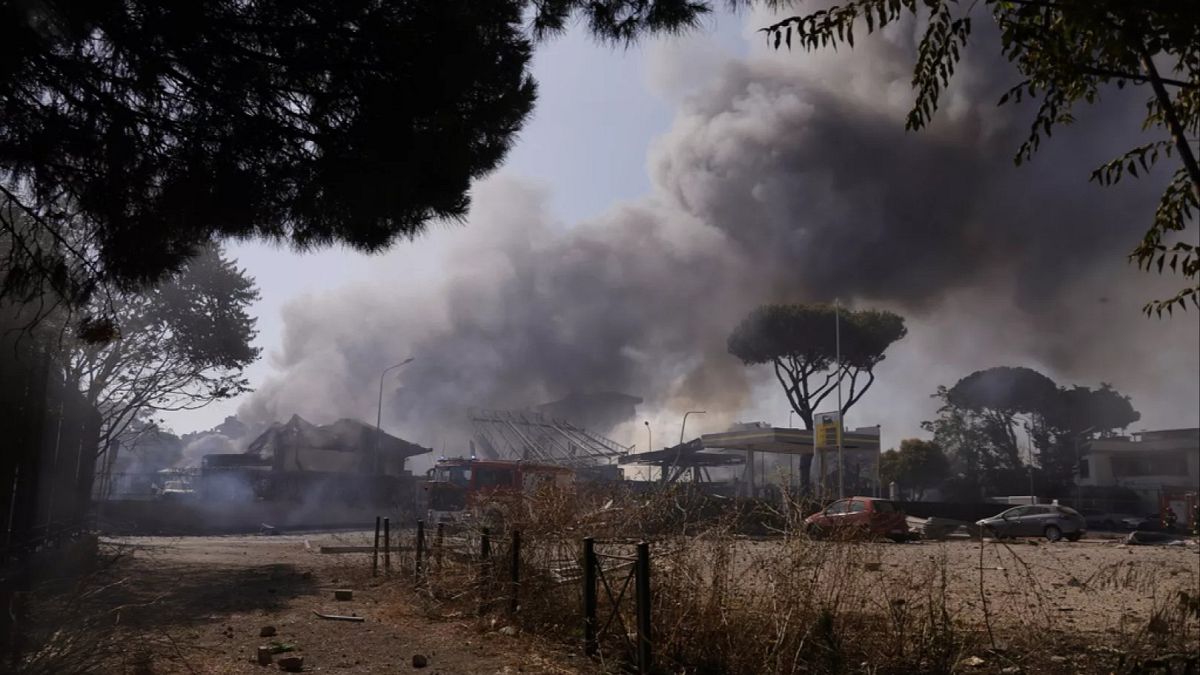An expert is unable to say for certain whether the car at the centre of the Mike Zhao-Beckenridge case really held the 11-year-old boy or whether the scene was staged, due to evidence being “severely contaminated”.
A coronial hearing is underway in Christchurch to determine whether Mike was murdered or involved in a staged disappearance.
Police believe he was inside his stepfather John Beckenridge’s car in March 2015 when it drove over a cliff in the Catlins and plummeted 70 metres to the ocean below.
Their theory is that Breckenridge intentionally drove the pair to their deaths in a murder-suicide, possibly out of contempt for his ex-partner.
But that has been challenged by Fiona Lu, who believes her son is still alive.
Beckenridge was a helicopter pilot with four known aliases.
No bodies were ever found and there are still many unanswered questions about what happened that day.
The court had asked engineering expert Dr John Raine to prepare a report on the available evidence connected to the clifftop scene. That included photos of tyre marks at the site, footage taken by divers, and an inspection of the wreck itself.
Raine gave his findings in court today but had to give caveats repeatedly, saying the evidence was compromised by several factors.
Similar lines were heard again and again, with the expert saying he had “no way of saying for certain” at one point, and “no way for me to give an opinion” at another.
The main thing he was able to determine for sure was that, based on images of tyre tracks, the Volkswagen Toureg V8 drove in a straight line under power before it hit the edge of the cliff.
Testing indicated it may have reached a speed as high as 76km/h before it launched over the side and rocketed into the water.
It would have gained speed in the air and rotated before impact.
‘Could have been rigged up’
A key question was whether the car could have been tampered with to send it over the edge without a driver.
Raine said there were many potential ways to do so, including advanced options – such as actuators connected by brackets – and simple ones such as a stick or rock on the accelerator.
He said, for example, a rod could have been “physically attached” or “temporarily bound” to the accelerator pedal. This could be “rigged up for absolutely minimal cost”.
However, there “was no evidence of anything of this kind in the vehicle”.
Critically, that would also have made the steering unreliable – a key point, as tyre tracks suggest the vehicle went in a straight line.
The evidence indicated it was more likely that someone drove the car over the edge, he said.
“The overall probability of the vehicle having launched off the cliff top without a driver at the controls appears to be very low, whereas the probability of the vehicle having been driven off the cliff top is high,” he said.
However, he immediately followed with another caveat.
“That is a not a precise statement,” he said.
‘I can’t give you a straight answer’
The difficulty is that the available evidence is not conclusive.
While police divers were able to film the vehicle underwater after it was submerged, they struggled with limited visibility.
When the car was eventually recovered, many key areas that would normally be inspected as part of an investigation were missing.
There was no steering wheel, no accelerator and a “huge number” of fittings had been removed.
The swell was very strong in the area and is likely to have dislodged parts of the car.
That also meant it was possible that something like a rock – if one had been placed on the accelerator – was present but moved away by the water. There was no way to know for sure.
“I can’t give you a straight answer,” Raine said when asked.
Other hypotheses were also discussed, with the expert discounting a theory that Beckenridge may have started the vehicle on its way and jumped out at the last minute.
He said it was “highly unlikely” that the driver could have safely exited the vehicle without being seriously injured, or also going over the cliff edge.
Potential brake marks were also seen near the cliff edge, but these too were inconclusive.
It was possible the car was taken for a trial run before braking at the edge, reversing, and running in the same direction a second time before going over the edge.
Overall, from an evidence point of view, the case was “extraordinarily difficult”, he said.
“The action of the sea has severely contaminated the available evidence I’m looking for, so that made interpreting damage more complicated.
“It also made conjecture as to whether or not the vehicle was driven more difficult as well.”
The hearing is set down for three days and continues tomorrow.












